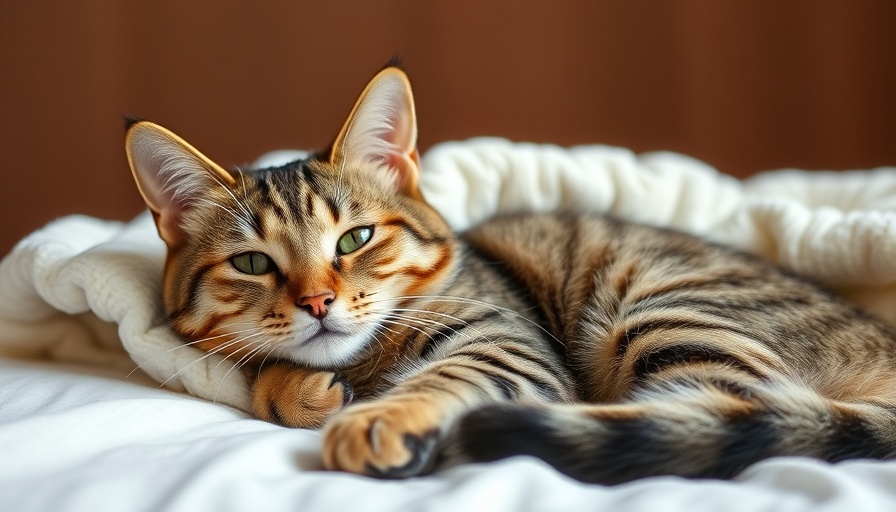
Understanding the Planetary Health Risks of Space Ventures
The recent surge in commercial space ventures has ignited both excitement and concern among scientists, environmentalists, and pet owners alike. As companies like SpaceX, Blue Origin, and Virgin Galactic race to conquer the skies, the implications for our planet's health become increasingly significant. It's essential to explore how these ventures impact not only the Earth but also the well-being of our beloved pets.
What Does the Commercial Space Race Mean for Earth?
While the commercial space race promises advancements in technology and exploration, it also raises several health risks concerning our planet. From pollution to resource depletion, the environmental consequences of launching rockets and satellites cannot be overlooked.
The Environmental Footprint of Rocket Launches
Each rocket launch contributes to carbon emissions that can affect air quality and climate change. According to some studies, rocket propellants can emit black carbon into the upper atmosphere, contributing to ozone depletion—a phenomenon that could have repercussions for land and sea ecosystems. As a pet owner, you may wonder how this could affect your furry friends. Changes in the environment can lead to alterations in habitat and food supply, impacting wildlife and, consequently, pets that rely on these ecosystems.
Potential Threats to Wildlife and Pets
The increasing number of satellites orbiting the Earth poses yet another challenge. As space becomes more crowded, the risk of collisions and space debris increases. This debris poses a threat to the delicate balance of Earth's ecosystems. Pets often rely on the biodiversity of their environments; disruptions could result in fewer natural resources for food and habitat, which could indirectly affect their health.
How Space Exploration Can Benefit Pet Owners and Global Well-Being
On a more positive note, the technologies developed for space exploration can sometimes offer benefits to life on Earth. Innovations in food preservation, healthcare, and even pet care stem from advancements in this field. For instance, remote health monitoring technologies can now help monitor pet health and behavior, giving owners real-time data that can alert them to issues before they escalate.
Community Awareness on a Global Scale
As pet owners, you might feel anxious about the impact of these developments on your pets. However, being informed is the first step toward advocacy and change. Supporting businesses and technologies that prioritize sustainability can help mitigate these risks. Whether it’s through sustainable pet products or supporting eco-friendly space initiatives, every little effort counts.
What You Can Do
Being aware of the implications of the commercial space race is crucial in today's world—especially for pet owners. Embrace sustainable practices in your daily life, engage in discussions about space and the environment, and advocate for responsible space exploration that prioritizes planetary health.
Moreover, consider how you can minimize the carbon footprint related to your pets. Opt for eco-conscious pet foods and products that are sustainably sourced. By doing so, you not only enhance your pet's well-being but also contribute positively to the environment.
In conclusion, while the quest for space exploration may seem distant and unrelated to pet ownership, it profoundly impacts the health of our planet and what it means for the animals we love. Awareness and action are essential in fostering a healthier world for both pets and the environment.
 Add Row
Add Row  Add
Add 




Write A Comment